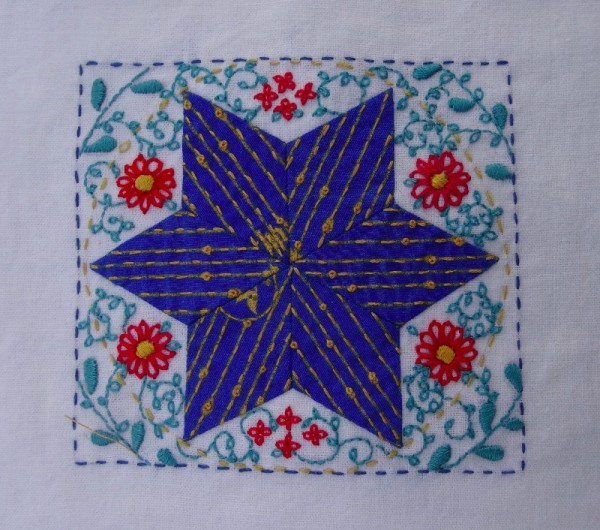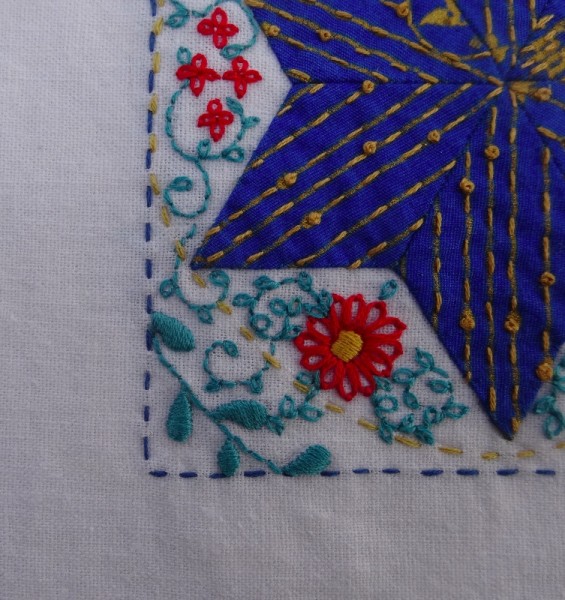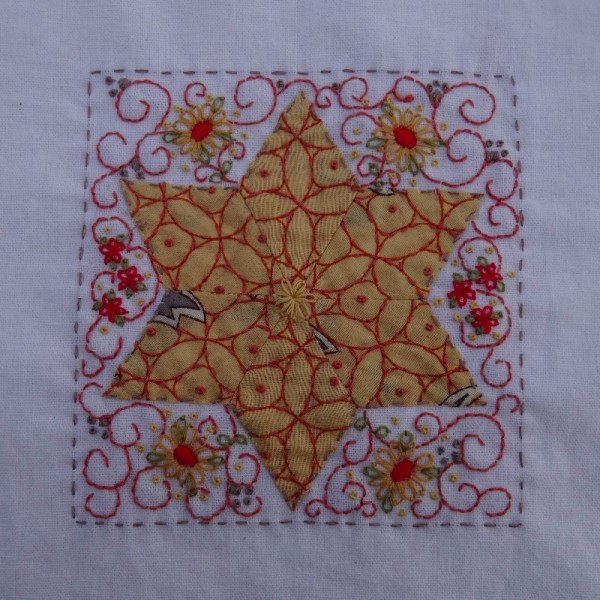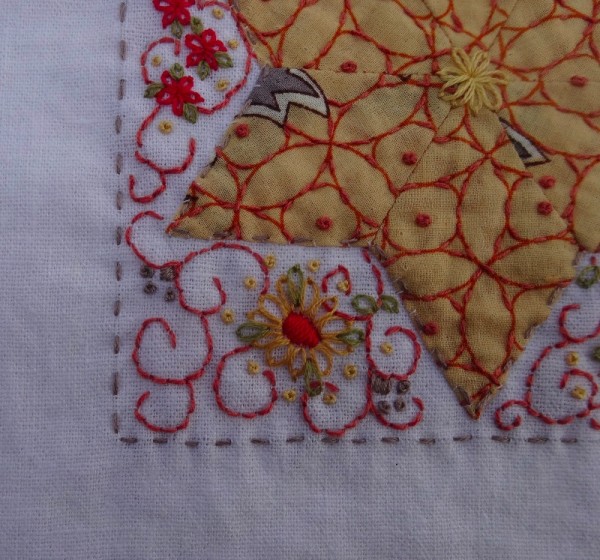Bouncing in the car across Cornwall from the Eden Project near St Austell back to St Ives and our temporary home, daughter No 1 and I realised we had been so taken by the allurements of the giant biomes that we had given very little thought to the china clay whose abandoned workings lay beneath and around the Eden Project Park. What exactly was China clay and why was it found with granites of igneous origin? Further, why were some of the most famous of English porcelain producers to be found in the Potteries (the six towns now absorbed within the city of Stoke on Trent in the west Midlands) and a long way from Cornwall?
Well, it turns out that China clay is to be found IN granite as the result of the decomposition of feldspar it and is a major constituent of the rock. The Chinese had for centuries – even thousands of years – made porcelain from china clay, china stone and petuntse (all decomposition products of igneous rocks) and Europe, greedy importers of their wares, had long been desperate to possess the secret of porcelain manufacture. Meissen was the first European hard paste porcelain (1708) but I’m unclear as to the clay they used and where it came from (it is by no means certain that all porcelain clay is derived from the decomposition of feldspar).
But back in England, around the mid C18 Plymouth Apothecary, William Cookworthy (and where is such a wonderful surname today?) was also researching porcelain production and he came to the conclusion that the right ingredients might be present in Cornish rocks. He went from mine to mine until, at Tregonning Hill, near Helston, he found a rare type of decomposing granite, very fine and known locally as Moorstone, Growan or Growan Clay – but basically kaolin or china clay. Larger deposits were found near St Austell and Cookworthy developed a way of separating this from impurities by blasting the rock with water (basically the same method as used today). Over the next 20 years he perfected his porcelain, patenting his recipe in 1768 and setting up the Plymouth Porcelain Factory soon after. At this time he also began to sell kaolin to other British potteries, who had their own clays of different composition but nothing as fine or white and clear of impurities.
The Potteries had access to a great variety of clays but none as pure or white, for all contain metallic – mainly iron – oxides which give a red colour. (A little diversion – in Burslem, [one of the 6 towns making up Stoke-on-Trent], any freeholder could exercise his right to take clay or coals from any public land. In practice this often meant taking clay from the roads – at the sides or even from the carriageway. Such holes were often filled up with rubbish but inevitably the filling didn’t keep pace with the making of them and the roads became pitted with myriad holes – or pot holes.)
Bone china developed in England in 1749 (probably in Bow, east London). This was a soft paste porcelain (as opposed to Chinese – and Meissen – porcelain which is hard paste ). Soft paste results from combining bone ash with feldspathic materials including kaolin to produce a very strong material which can be made thinner than other porcelain; such porcelain is also less liable to being chipped. Until the late C20 bone china was exclusively an English product but then almost everything changed for the British porcelain industry. For example, after bankruptcies and buyouts, Spode took production of some of its range to China. This was not a success. British buyers found the quality poor and Chinese buyers wanted Spode made in England, not China. Now owned by the Portmeirion Group production of Spode has returned to Stoke-on-Trent. Hooray!
By 1910 Cornwall was producing about 50% of the world’s china clay, 75% of which it exported. The three main producers merged into one body in the early C20 which continued operation until bought out by the French company Imerys in 1999. Soon after this Imerys moved their operation to Brazil and now just 2,00 people work in the Cornish china clay industry with much of the china clay used in the paper industry.
I bemoan the loss of so much of a once thriving industry but rejoice in Tim Smit’s vision of restoring beauty to just one bit of Cornwall’s industrially scarred landscape. Nick Grimshaw’s hexagon patchwork puffs are deeply pleasing to a quilt lover and strangely easy on the eye. The urge to pop a puffy hexagon is itchingly strong – high up in the Tropical Biome, daughter No 1 and I couldn’t resist a little pat of the plastic skin. Thank God I didn’t have a needle! I would also like to see more labels on plants … and for there to be fewer visitors – perhaps a visit in Late January next time.





10 Comments
How interesting. I’d never really thought about the origins of china clay or why pot holes were so called. As a child, I used to get a kaolin poultice slapped on my chest when I was unwell, though I have no idea why.
Yes, I remember kaolin poultices – bread poultices too.
The Eden Project is definitely one of those places to tick off the list isn’t it? As a gardener I have always preferred a visit to Heligan, which yields up its more intimate spaces at a gentler pace than in-your-face Eden. And I love that it has been so carefully restored, like a gesture to those men and boys who signed their names in the ‘thunder box’ before their departure for the Great War, from which so few of them returned. Imagine the horrors of those vile battlefields to young men who had spent their lives cultivating such beauty.
But the china clay quarries had their own sad history which I learned when I helped on school trips when our girls were at primary school. Every so often, the inside of the kilns needed to be ‘de-clinkered’. Rather than turn the furnaces off and letting them cool down, thus losing time, production and money, every so often they would ask for a volunteer to go in there swathed in layers of sacking soaked in water, on a low trolley from which he had to bash off the white hot clinker. It was often down to some poor soul who was desperate for money because they were paid extra for the ‘inconvenience’ – usually time off sick with burns, and presumably respiratory damage.
Sorry – what a grim tale for a Sunday morning. How lucky we are to see both places swathed in Spring flowers, and providing such beauty and fascination for so many.
I read what you said with interest. It’s always important to see the bigger picture. I was born and brought up in Nottinghamshire where coal mining was the main industry. My grandfather was also a miner in the Rhondda. Very few miners wanted their sons to go down the pits. Our next door neighbour had his pelvis broken in a mining accident – after a few months lying flat in the living room, he was back down again until he retired years later. My grandfather had pneumoconiosis from dust in the pit – though it has to be said he did live to be 87. Now, the Welsh valleys have had all the pit paraphernalia removed and are restored to their former green glory – all beautiful again but very little chance of employment.
Beautifully embellished patchwork stars in your last few posts, Mary, and such interesting insights into St. Ives as well as The Eden Project, both of which are embedded in my heart.
Vegetables planted imaginatively in intricate patchwork patterns on the sloping gardens down towards the indoor and outdoor cafes made my mouth water. And drinking freshly pressed tropical juice inside the tropical dome seemed perfect.
How did Barbara Hepworth organise and pursue her artistic life after she had triplets?
China Clay: When I was 17, a friend and I went to Par, near St. Austell, for a week to stay in a B&B we’d seen advertised in”The Lady”. It seemed very cheap for a beside-the-sea location and we were thrilled to have organised this ourselves without parents. Then we found out why it was inexpensive. When we emerged from the sea after our first bathe we were entirely covered in white clay.
Thank you for such a fascinating glimpse of the China Clay industry. No doubt you’ve read “The White Road” by Edmund de Waal which extends what you’ve written. (His grandmother, Elisabeth de Waal, wrote “The Exiles Return” which I thoroughly recommend. She lived in Tunbridge Wells from where we collected and returned, after 6 days here, our five year old grandson. I’m afraid exhaustion set in and I could not summon the energy to comment on your wonderful posts recently.)
Yes, I loved the vegetable patches too – and the planting outside the biomes in general was well done (more labels here would have been good too).
The ice cream was excellent too – coffee and brazil nut, baobab and coconut and strawberry sorbet – all luscious.
I have often wondered how Barbara Hepworth managed with triplets but never found their upbringing mentioned.
Love your swimming with china clay holiday story – today I’m sure someone would have found a way to market it positively!
Thank you for reminding me about “The White Road”.
Well done for being supporting grandparents. I’m sure he had a great time with you. Now rest.
The Eden Project is fascinating, and when you see what it looked like as an abandoned claypit, it’s amazing it took such a relatively short time to become completely glorious!
It is impressive and wonderful to see how the contours of the former clay pit remain visible or have been cleverly incorporated into the project via stunning buildings.
Fascinating post Mary. I have never known why pot holes were so named, I always thought it was because they were shaped like containers or pots. I have never visited the Eden Project, though have always heard only good things about it. X
I too had never really thought about why we call pot holes pot holes until I began looking into where the clay used in the Potteries came from – and goodness me I use the term on a daily basis as we navigate our way round the local lanes, pitted in places like a colander!